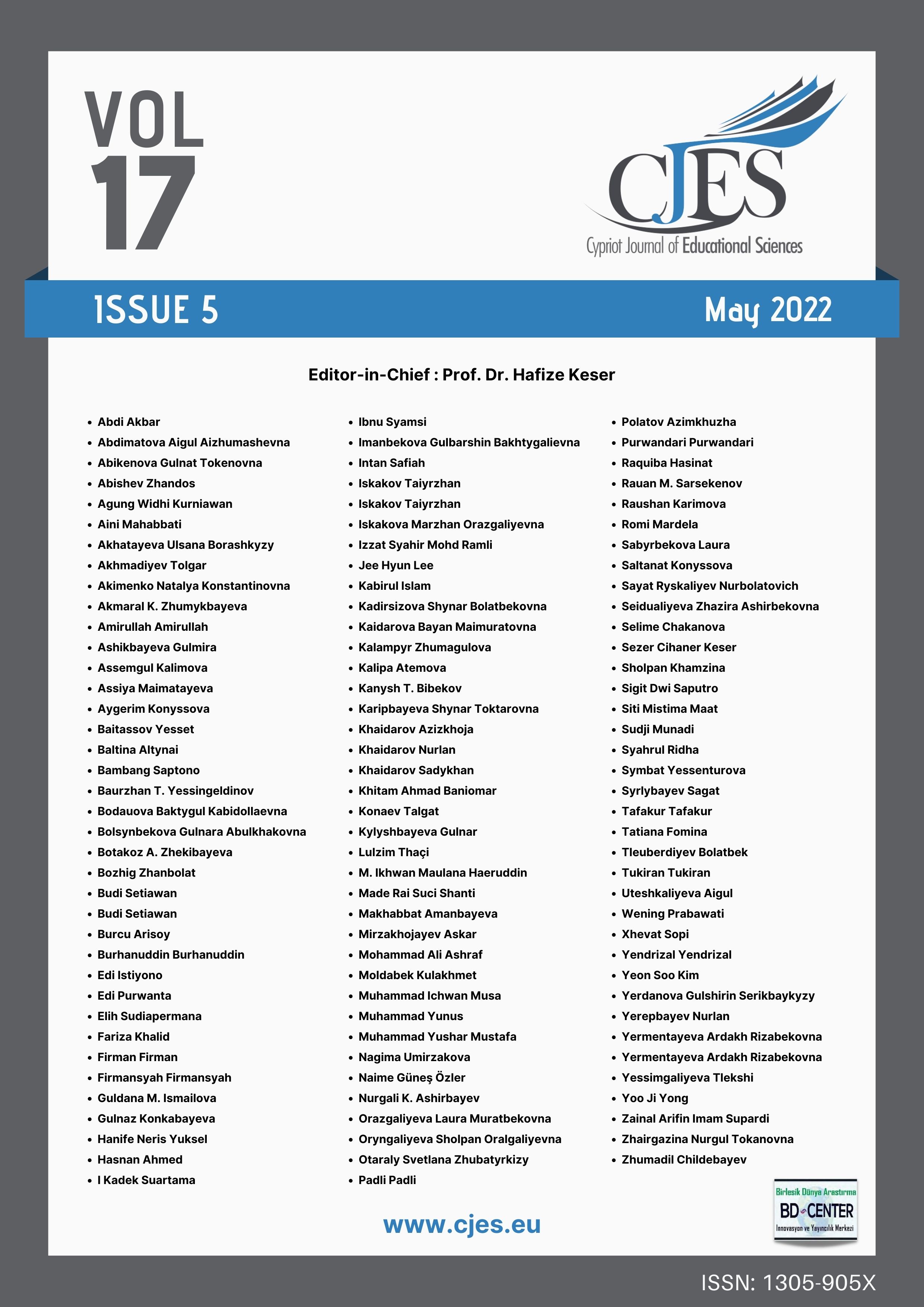The design of game-based learning and learning analytics
Main Article Content
Abstract
Game-based learning has received increasing attention in recent years as it could help improve pupils’ motivation, self-efficacy, and achievement. Technological innovations like learning analytics (LA) and GBL offer pedagogical support for teachers. GBL could significantly support pupils’ learning as a learning approach compared to conventional approaches. Therefore, there is a need to elevate “ teachers’ level of knowledge on the impact of GBL. In the meantime, LA could be used to collect, analyze, and report data on the impact of GBL on pupils’ learning performance. In this light, GBL applications have been developed to facilitate the use of LA for teaching and learning. This paper describes the design of GBL with LA integration for teaching mathematics in primary schools. It documents the construction of the GBL and AL app, which is grounded on the Dick, Carey, and Carey Model and the theory of constructivism. In addition, the cognitive load theory was applied to ensure that the application accommodates pupils’ cognitive load. This study also validated the design of the GBL, and it was found to be relevant and engaging.
Keywords: Game-based learning, mathematics, analytics, technology, education
Downloads
Article Details

This work is licensed under a Creative Commons Attribution 4.0 International License.
Cypriot Journal of Educational Sciences is an Open Access Journal. The copyright holder is the author/s. Licensee Birlesik Dunya Yenilik Arastirma ve Yayincilik Merkezi, North Nicosia, Cyprus. All articles can be downloaded free of charge. Articles published in the Journal are Open-Access articles distributed under a CC-BY license [Attribution 4.0 International (CC BY 4.0)].
Birlesik Dunya Yenilik Arastirma ve Yayincilik Merkezi (BD-Center)is a gold open-access publisher. At the point of publication, all articles from our portfolio of journals are immediately and permanently accessible online free of charge. BD-Center articles are published under the CC-BY license [Attribution 4.0 International (CC BY 4.0)], which permits unrestricted use, distribution, and reproduction in any medium, provided the original authors and the source are credited.

